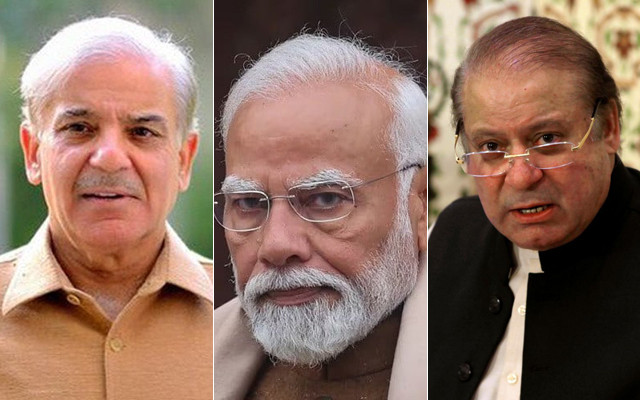
Three-time former prime minister Nawaz Sharif and Indian Prime Minister Narendra Modi on Monday exchanged messages on the X, formerly twitter, rekindling hopes for a potential thaw in the relationship.
Prime Minister Shehbaz Sharif first congratulated Modi over taking oath as the Prime Minister of India but the statement from his elder brother and former prime minister Nawaz Sharif was more explicit and telling.
The elder Sharif took to the social media platform and congratulated Prime Minister Modi over his election for the record third time.
"My warm felicitations to Modi ji on assuming office for the third time," Sharif said in a message shared on his official X handle on Monday. "Your party’s success in recent elections reflects the confidence of the people in your leadership."
He added, "Let us replace hate with hope and seize the opportunity to shape the destiny of the two billion people of South Asia."
His statement immediately triggered a debate on the social media platform with his supporters calling him a statesman while others criticised him for ignoring the current ground realities.
Within hours of Nawaz’s tweet, Modi responded both to the Prime Minister Shehbaz and PML-President. Interestingly, responding to Shehbaz’s tweet, Modi kept his response brief. He thanked him for good wishes.
Also read: India's Modi sworn in for record-equalling third term as prime minister
However, Modi was more forthcoming in responding to elder Sharif, with whom he enjoyed a good relationship during his first term as Indian prime minister.
“Appreciate your @NawazSharif message. The people of India have always stood for peace and security and progressive ideas. Advancing the well-being and security of our people should always remain our priority,” Modi wrote on twitter responding to Nawaz’s felicitation message.
Observers believe that Modi clearly linked the normalisation of relationship with Pakistan committing to ending alleged cross border terrorism. Many of Modi’s supporters were appreciating him for taking a clear stance.
However, others feel that the exchange of messages between the two leaders could be a sign of potential thaw in the relationship.
Many are wondering if Nawaz’s tweet was a calculated move backed by the government and other stakeholders to ease tensions with India.
Nawaz is known for seeking rapprochement with India. During his tenures, he always pursued a peace process with the neighbouring country. The most famous and significant push came during his second term as prime minister when former Indian prime minister Atal Behari Vajpayee travelled to Lahore by bus. The two sides at the time agreed to resolve all outstanding issues including Jammu and Kashmir. But a few months after the historic visit of Vajpayee, Kargil happened, derailing the entire process.
In one of the recent events in Lahore, Nawaz conceded that it was Pakistan that violated the terms of peace by Kargil misadventure.
Nawaz returned as prime minister for the third time in 2013 and when Modi got elected the prime minister of India for the first time in 2014, the two countries were once again on the verge of rapprochement. Modi invited Nawaz on his oath taking and made a surprise stopover in Lahore in 2015, leading to the resumption of dialogue. However, few days later Pathankot attack happened and the decision to resume talks could not be implemented.
Since then the relationship only went downhill with India hardened its stance. Prospects of any rapprochement dealt a serious blow when the Modi government unilaterally revoked the special status of the disputed Jammu and Kashmir region on August 5, 2019. Pakistan in reaction to the move downgraded diplomatic ties and suspended bilateral trade.
There were efforts in 2021 to reset the relationship. The back channel talks produced the renewal of the LoC truce. However, the next phase of the peace process could not take off as the then PTI government refused to absorb the political backlash of normalising ties with India.
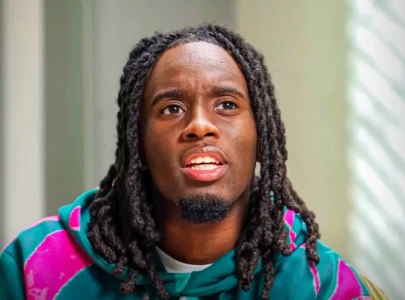

1724318195-0/BeFunky-collage]_____-(59)1724318195-0-165x106.webp)


1730786905-0/£300,000-(1)1730786905-0.png)
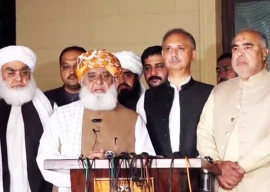


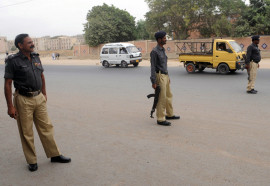



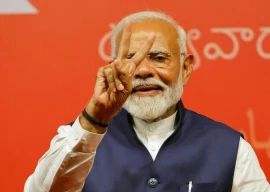




1730706072-0/Copy-of-Untitled-(2)1730706072-0-270x192.webp)
COMMENTS (3)
Comments are moderated and generally will be posted if they are on-topic and not abusive.
For more information, please see our Comments FAQ